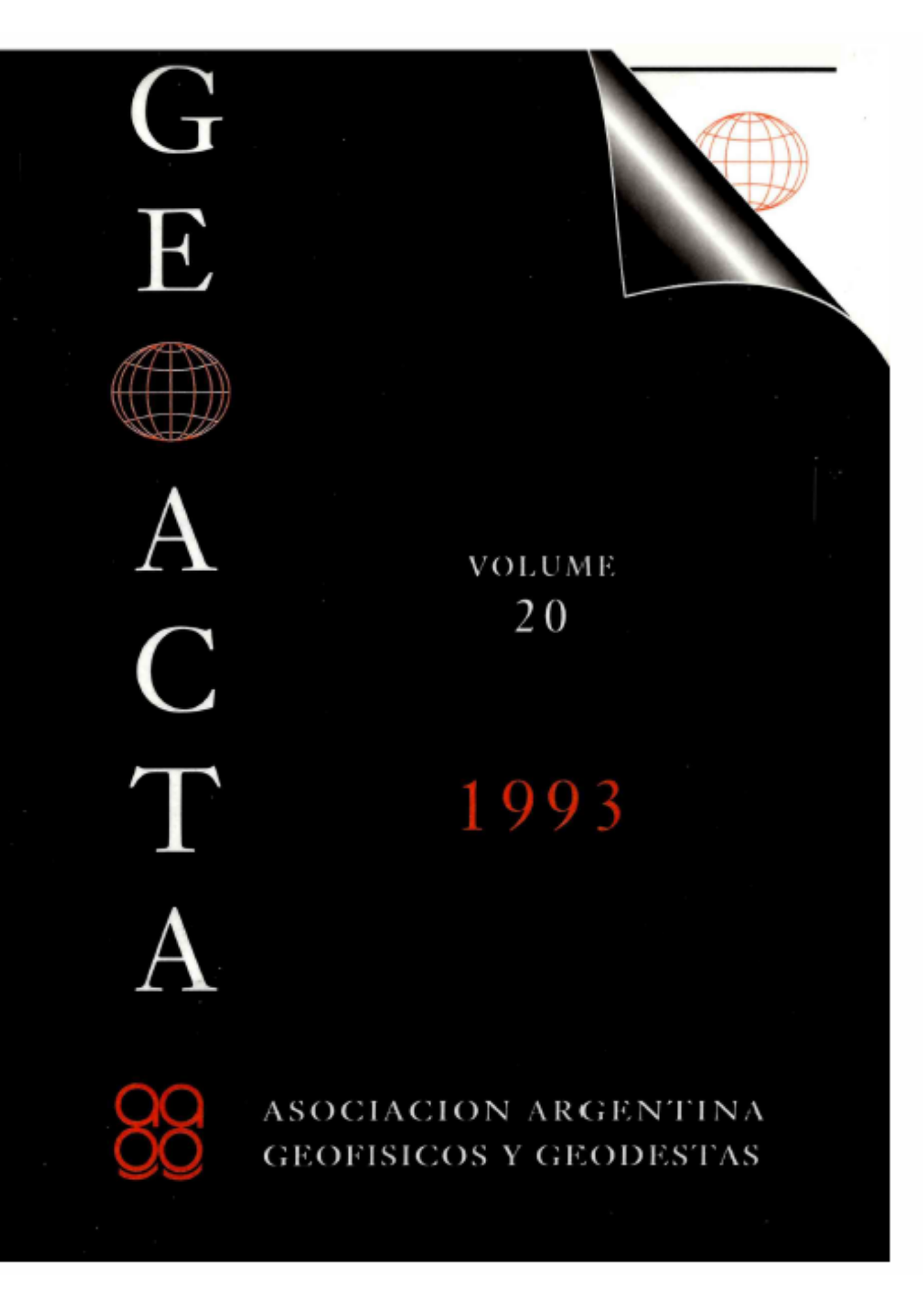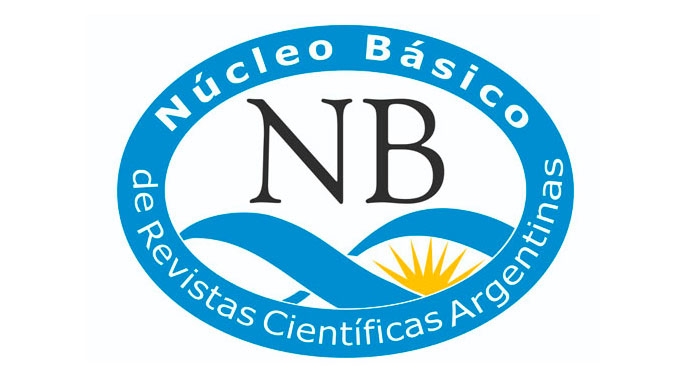Parametrización de la radiación en modelos de circulación general de la atmosfera
Keywords:
circulación general de la atmósfera, temperatura, radiaciónAbstract
The results of including the physical processes of solar and terrestrial radiation in an hemispheric five level general circulation model of the atmosphere are shown in the present paper. The analysis was limited to the temperature fields resulting after a five days integration of the model, but it is known that the radiation affects others fields like surface pressure or a - level geopotential, and, for this reason, the air velocity. Several experiments including or not the radiation and the diffusion of temperature and velocity were developed. The mean effects of radiation and diffusion are not constant with height The 0 levels 0.1 and 0.9 are cooled by radiation and wanned by diffusion while in the others levels the opposite occurs. The biggest heating and cooling rates obtained were registered at o = 0.3 with values of 1.2° / day and -0.1° / day. This results must be taken in a qualitative way, because the model could only be integrated during five days and the incident radiation is the corresponding to the local noon.
Downloads
References
Katayama, A.,1972: A simplified scheme for computing radiative transfer in the troposphere; Technical Report N 6, University of California, Los Angeles.
Manabe, S. y Strickler, R., 1964: On the thermal equilibrium of the atmosphere with a convective adjustment; Journal of Atmospheric Sciences, 21, 361-385.
Núñez, M., 1980: Simulación numérica del flujo atmosférico sobre Sudamérica, usando un modelo de cinco niveles en ecuaciones primi- tivas, INCYTH.
Nuñez, M. y Barreira, S., 1985: Simulación de posibles cambios en estados climáticos de la atmósfera, mediante la utilización de un modelo de equilibrio radiativo; METEOROLOGICA, 5, N° 1.
Downloads
Published
How to Cite
Issue
Section
License

This work is licensed under a Creative Commons Attribution-NonCommercial-ShareAlike 4.0 International License.
Starting in 2022 (Vol. 43 number 2) articles will be published in the journal under a Creative Commons Attribution-NonCommercial-ShareAlike 4.0 International license (CC BY-NC-SA 4.0)
According to these terms, the material can be shared (copied and redistributed in any medium or format) and adapted (remixed, transformed and created from the material another work), provided that a) the authorship and the original source of its publication (journal and URL of the work), b) is not used for commercial purposes and c) the same license terms are maintained.
Prior to this date the articles were published in the journal under a Creative Commons Attribution license (CC BY)
In both cases, the acceptance of the originals by the journal implies the non-exclusive assignment of the economic rights of the authors in favor of the editor, who allows reuse, after editing (postprint), under the license that corresponds according to the edition.
Such assignment means, on the one hand, that after its publication (postprint) in the GEOACTA Magazine of the Association of Geophysicists and Geodesists, the authors can publish their work in any language, medium and format (in such cases, it is requested that it be recorded that the material was originally published in this journal); on the other, the authorization of the authors for the work to be harvested by SEDICI, the institutional repository of the National University of La Plata, and to be disseminated in the databases that the editorial team considers appropriate to increase visibility. of the publication and its authors.
Likewise, the journal encourages the authors so that after their publication in the Journal of the Association of Geophysicists and Geodesists, they deposit their productions in other institutional and thematic repositories, under the principle that offering society scientific production and Unrestricted academic scholarship contributes to a greater exchange of global knowledge.
















